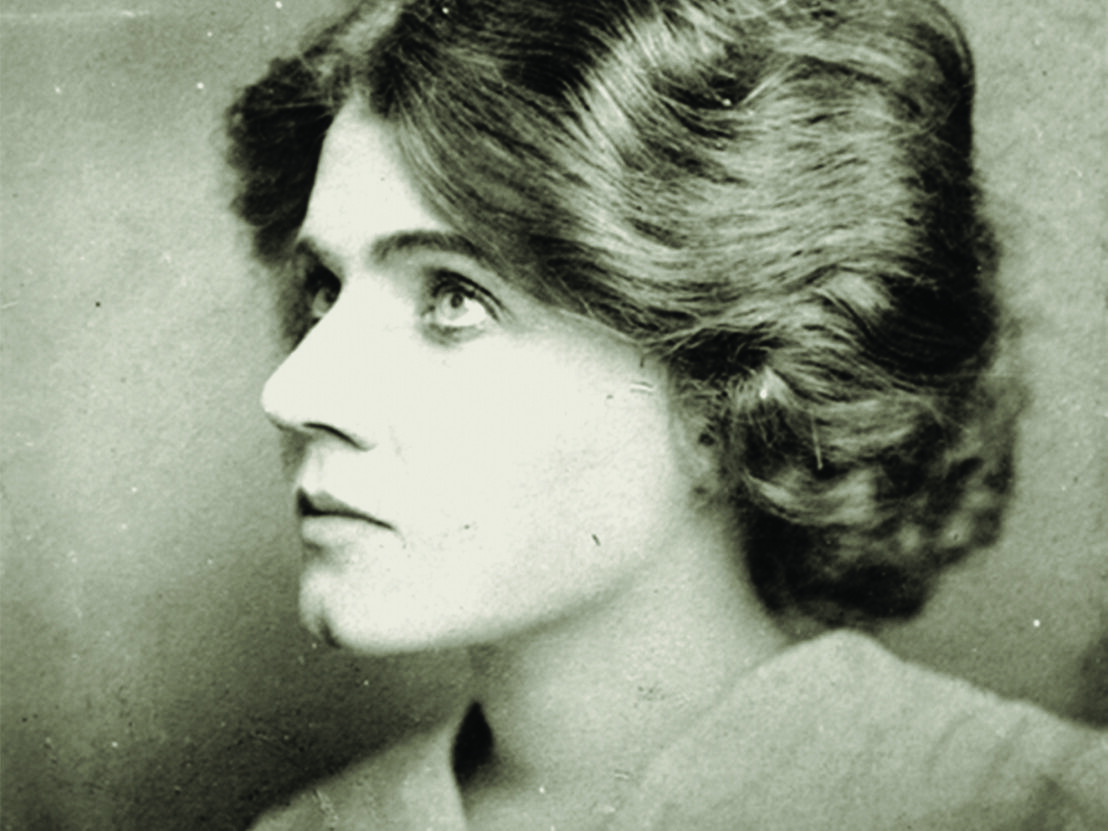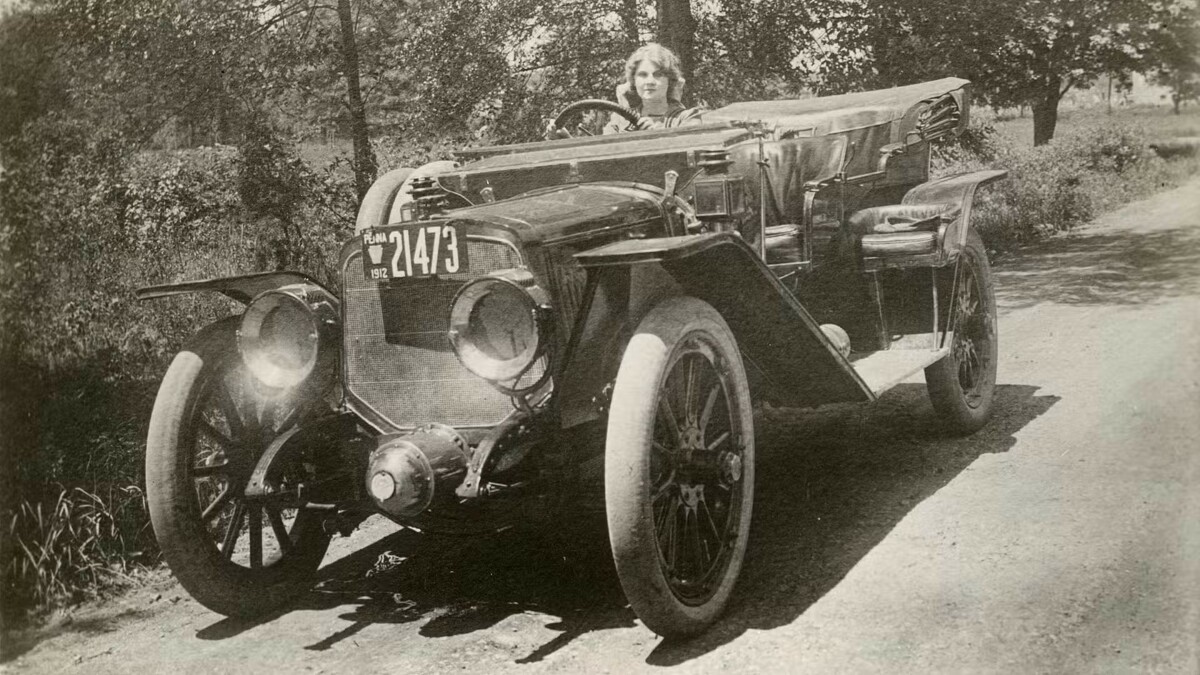Although her face lit up silent film screens and her status as the first movie star secured her a place in Hollywood history, Florence Lawrence left a legacy that transcends film history. This Canadian-American actress was also an inventor whose innovations significantly impacted road safety. It was Lawrence who pioneered early versions of turn signals and brake lights —technologies without which it's hard to imagine motoring today.
At a time when cars were just gaining popularity and streets weren't yet adapted to their growing numbers, safety was still in its infancy. Drivers relied on hand gestures to signal their intentions, which proved insufficient and often dangerous in fast-paced city traffic. It was these inconveniences that led Florence Lawrence to seek more effective solutions.
She was fascinated by technical innovations, especially the developing automotive industry.  Florence Lawrence (pictured) never patented her inventions , at a time when owning a car was a luxury and women driving were rare. Lawrence owned her own car, which in the first decades of the 20th century was a testament to her independence and financial status. Her passion for four wheels wasn't limited to driving—she explored mechanisms with curiosity and made repairs and improvements herself. "A car is almost human to me," she said, "something that responds to kindness, understanding, and care, just like people do."
Florence Lawrence (pictured) never patented her inventions , at a time when owning a car was a luxury and women driving were rare. Lawrence owned her own car, which in the first decades of the 20th century was a testament to her independence and financial status. Her passion for four wheels wasn't limited to driving—she explored mechanisms with curiosity and made repairs and improvements herself. "A car is almost human to me," she said, "something that responds to kindness, understanding, and care, just like people do."
Around 1914, Lawrence developed a system of mechanical arms that could be activated by a button from the vehicle's cockpit. These extendable "turn signals" were intended to signal to other road users an intended turn . Although her invention was not electrical and required manual operation, it represented a significant advance over existing practice.
But that's not all. Lawrence also addressed the problem of brake signals. Recognizing the risk of sudden stops without warning, she created a system that illuminated a red light at the rear of the vehicle when the brake pedal was pressed. This simple yet revolutionary solution fundamentally improved driver predictability and contributed to a reduction in collisions.
Unfortunately, Florence Lawrence never patented her inventions. As she later stated, "I did it for the good of humanity." This attitude meant that her contribution to the development of the automotive industry remained unappreciated for years and was often attributed to others.
Only over time have automotive historians begun to restore Florence Lawrence to her rightful place in the pantheon of pioneers . Although her name isn't commonly associated with the automotive industry, her ideas, concerning such fundamental elements as turn signals and brake lights, permanently changed the way we navigate the roads, making them significantly safer. Florence Lawrence's story is a reminder that innovation often stems from observing everyday problems, and its creators often come from the most unlikely of backgrounds.
Florence Lawrence's presence on screen drew crowds, making her the first true Hollywood star, recognizable by name.
Born Florence Annie Bridgewood in Ontario, Canada, in 1886, she showed acting talent from a young age, appearing in local plays. Her charisma and natural demeanor quickly caught the attention of the emerging film industry. In 1907, under the pseudonym "The Biograph Girl," she began her dazzling career, becoming the anonymous face of numerous short films. It was her popularity that forced film studios to reveal the names of their actors, paving the way for the era of stars.
Audiences loved her, and producers sought out her talent. Lawrence exuded an energy and naturalness that mesmerized viewers. However, behind the cameras lurked a woman with much broader interests.
Unfortunately, her brilliant acting career didn't last forever. In 1916, while filming a film, she was severely burned, which sidelined her for a long time. She desperately tried to save another actor from a burning studio. A period of recovery and changing public tastes caused her star to fade. Although she attempted to return to the screen, she was unable to regain her former stature.
The end of her life was marked by disappointment and health problems. Forgotten by Hollywood, she struggled with depression and pain. In 1938, Florence Lawrence took her own life at the age of just 52. A year later, Buick began adding electric turn signals as standard equipment to its model lineup.
Her contribution to cinema is undeniable, but her innovations in road safety remained overshadowed for years by her acting achievements. Only in retrospect have her multifaceted talent and visionary ideas been truly appreciated. Florence Lawrence was not only Hollywood's first star—she was also a forgotten engineer whose legacy lives with us every day .

Photos: https://www.drive.com.au/